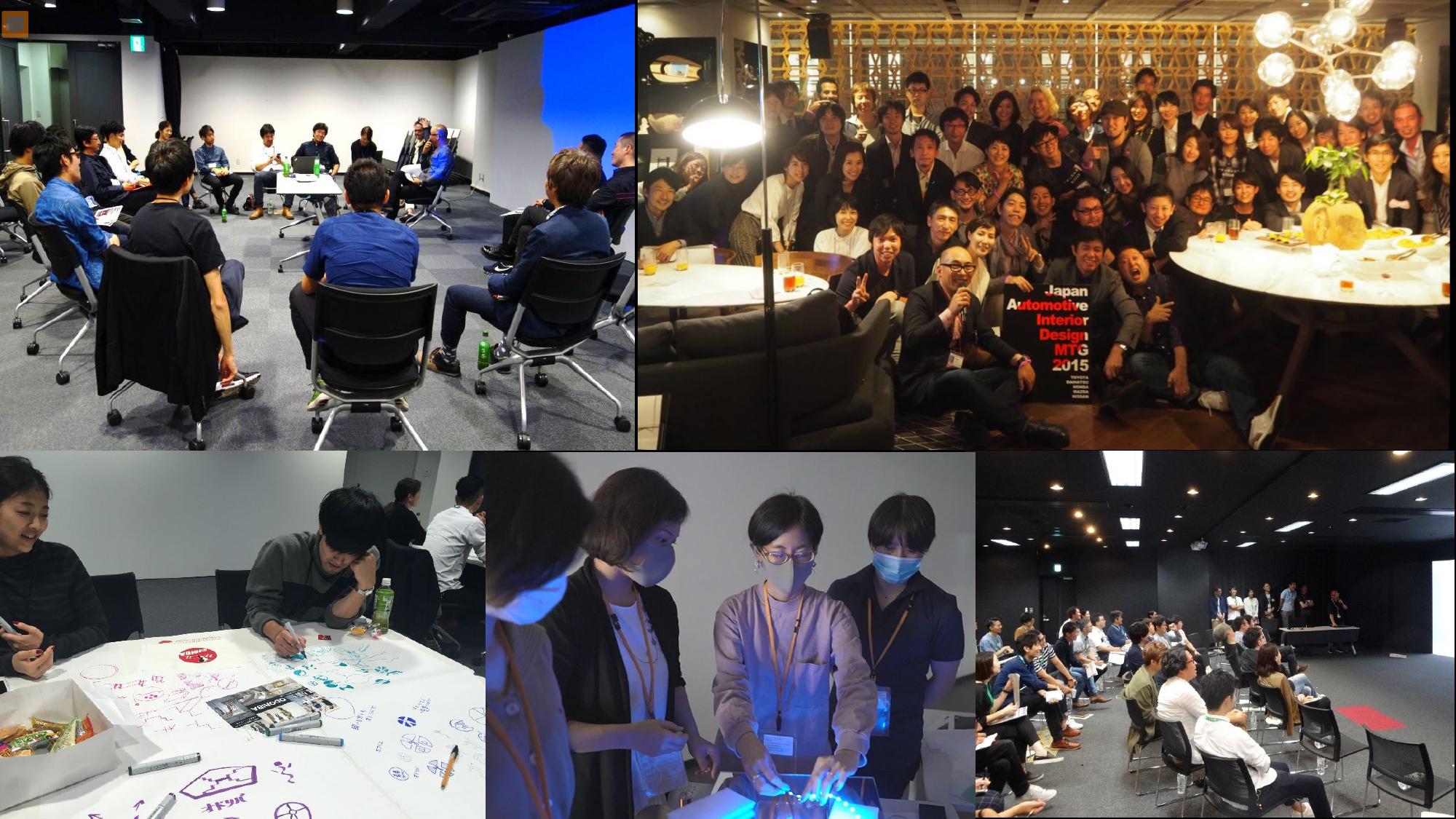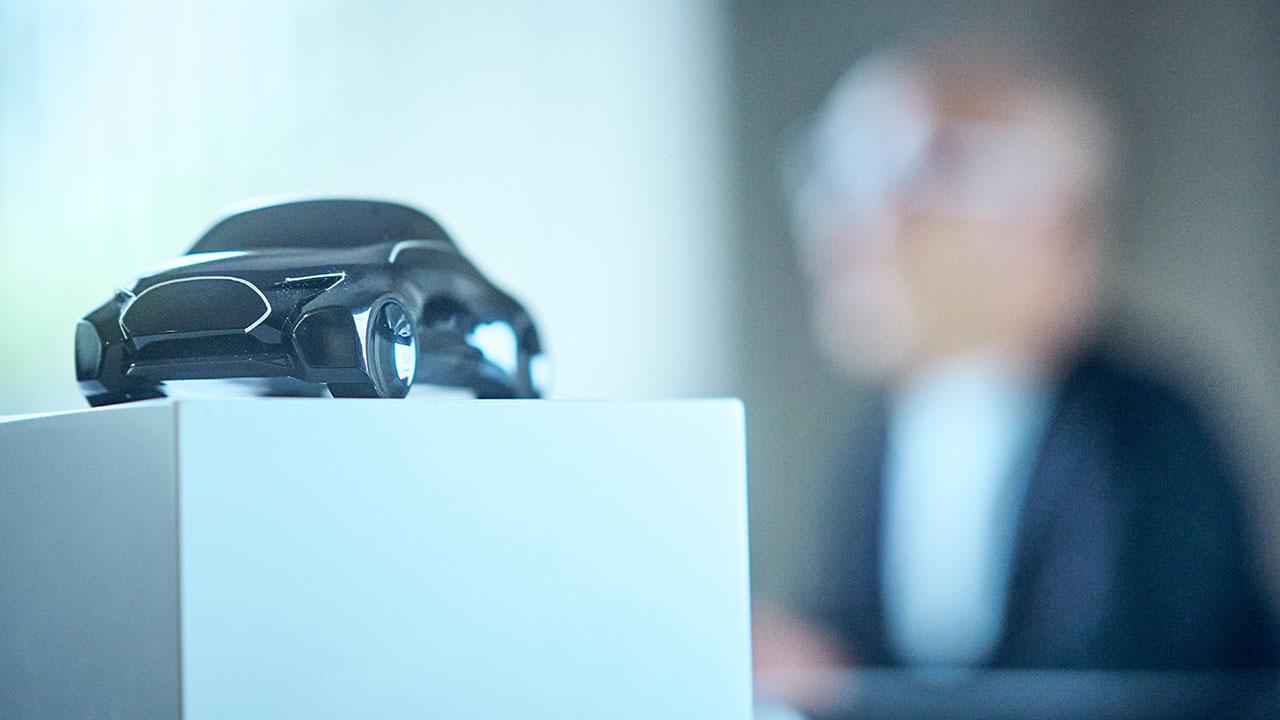
This story delves deeper into what designers at Toyota do in pursuit of making ever-better cars, including how they dream up new cars!

What makes a good car? Of course, design is an essential element of any answer to that. So then, what does design mean for Toyota and its customers? These questions are ones that designers continue to address.
For this article, Takayuki Nakajima, Chief Designer of the Yaris from 2015 and currently the Vision Design Division General Manager, speaks about the job of designing cars.
Welcomed by... a burger?
A mysterious black hamburger sat on display in the offices where Toyota Times met Nakajima.
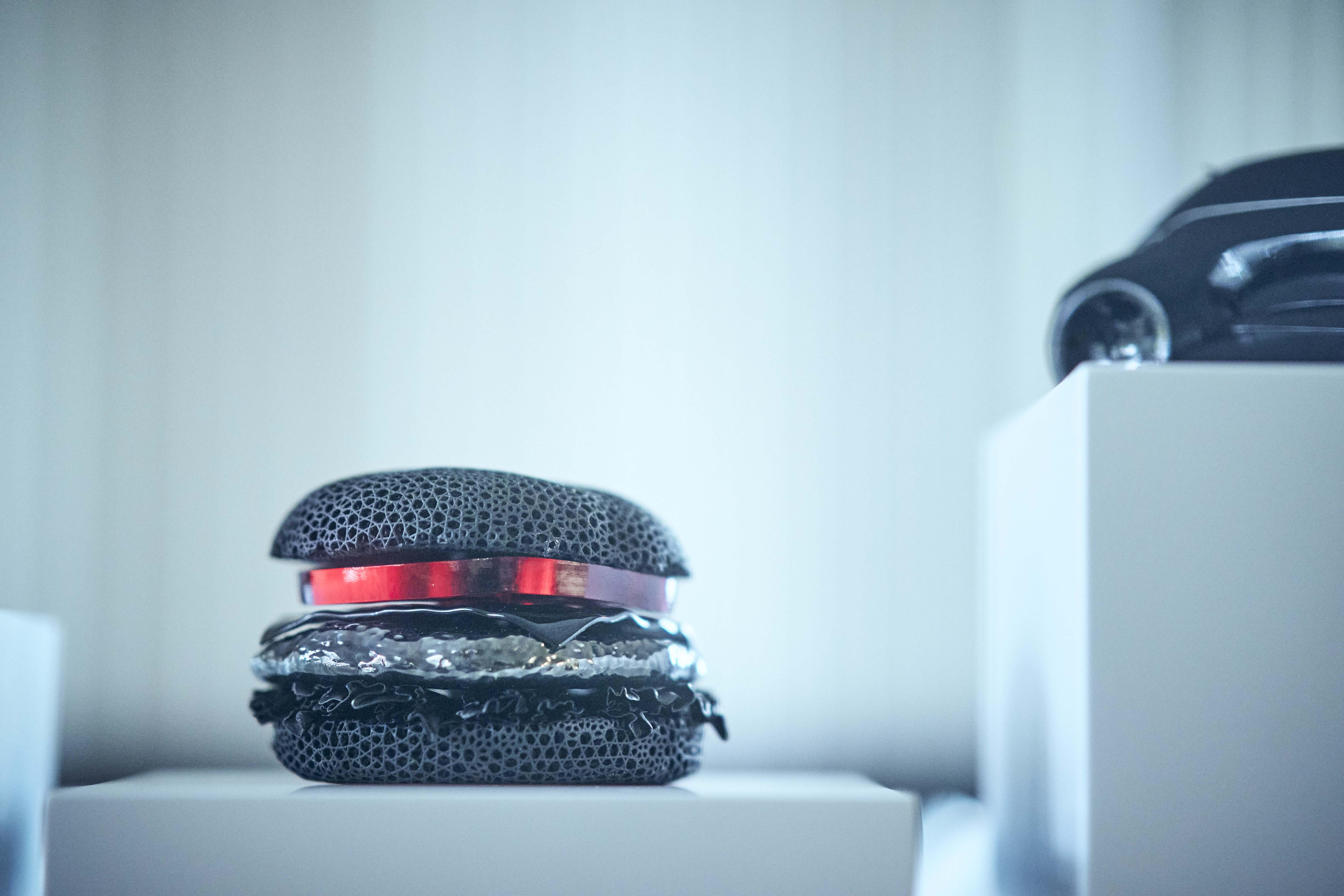
Nakajima explained that it had been 3D printed for an exhibition by a color designer, who had scanned a hamburger in complete detail, down to the lettuce.
After revealing this unique work by Toyota designers, Nakajima went on to explain his career by recounting how a love of drawing since childhood led him to study design at Aichi Technical High School. He later decided to join Toyota after meeting with an older high school alum who was already at the carmaker.

Nakajima
One of the graduates working at Toyota came to my high school and gave a presentation about designing cars as a job. I was really impressed with the car rendering he showed us and thought, “Wow, that’s what I want to do.” Then I applied to Toyota.
“But I didn’t even have a driver’s license,” said Nakajima with a laugh. In the 31 years since, he has worked his way up through the company, becoming General Manager of the Vision Design Division in September 2021.
The division is tasked with conceiving and implementing Toyota’s vision for the future by coordinating with Toyota’s overseas design centers in giving concepts shape as advanced models.
To begin with, how many people are involved in design at Toyota? And how do they read the needs of the future?
A 1,200-strong global design workforce
Nakajima
We have 1,200 people in design departments across the globe, including modelers. Our Vision Design Division is in charge of overall planning and creation of advanced models. Then, our in-house vehicle development companies are responsible for turning them into products.
In a previous article, Toyota’s Head of Design Simon Humphries discussed how the company’s car development seeks to satisfy users by visualizing the future several years ahead. So, what does Nakajima think?
“We’re not prophets or fortune tellers, so we don’t have all the answers,” he said before sharing more detailed thoughts.
Nakajima
Although we won’t know any actual trends until a few years later, strangely enough the world’s car designers are often in sync when it comes to ideas and tastes.
Since we all draw on the same basic information, standard research usually leads to a plan that closely matches what everyone else is thinking.
For Toyota to maintain as a distinctive brand, it’s vital to envision how new features can be styled to exceed expectations. We keep asking ourselves what makes Japanese cars and Toyota unique and try to express that together with our visions.
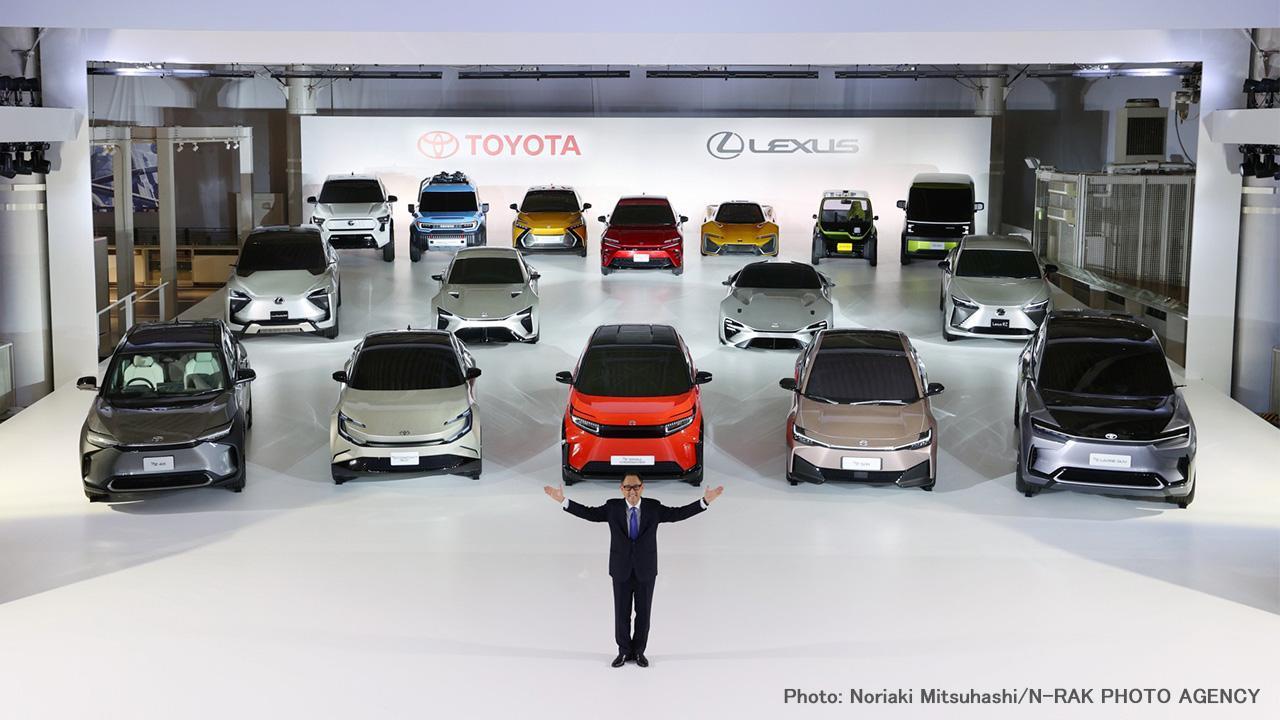
A hard-to-read mission from President Toyoda
If analyzing consumer trends and future lifestyles inevitably yields similar solutions, what does it take to be distinctive from competitors? A big hint lay in a mission from President Akio Toyoda.
Nakajima
The president’s call to “make ever-better cars” was a wake-up call. I felt like we were asked an essential question—what sort of cars would such cars be?
After giving the question serious thought, Nakajima reached his conclusion: the key was to “dream.”
Nakajima
We base our designs on our dreams of what future cars should look like, with the underlying condition that we are working to make customers happy, not to be self-indulgent.
With that in mind, we can get a more concrete idea of the right direction by exploring what sort of cars would fulfill the dreams of our families and others close to us.

How Nakajima plans the future of mobility
Car development driven by dreams—how does that translate into reality?
While the Vision Design Division does much of the planning, suggestions also come in from various in-house companies and overseas design centers. The planning process has also changed significantly in recent years.
Nakajima
In the past, the process involved developing multiple ideas and then gradually narrowing them down through review.
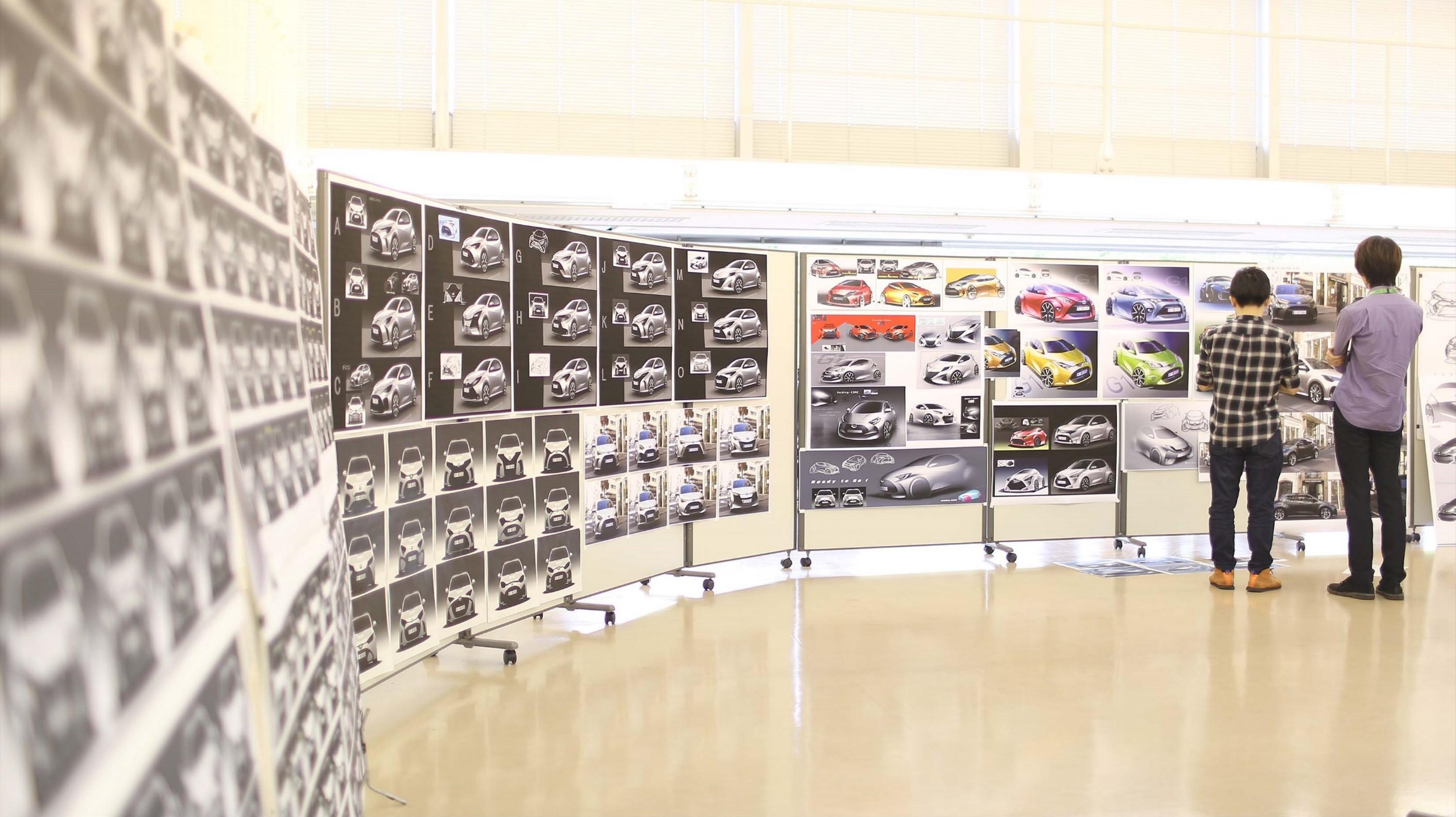
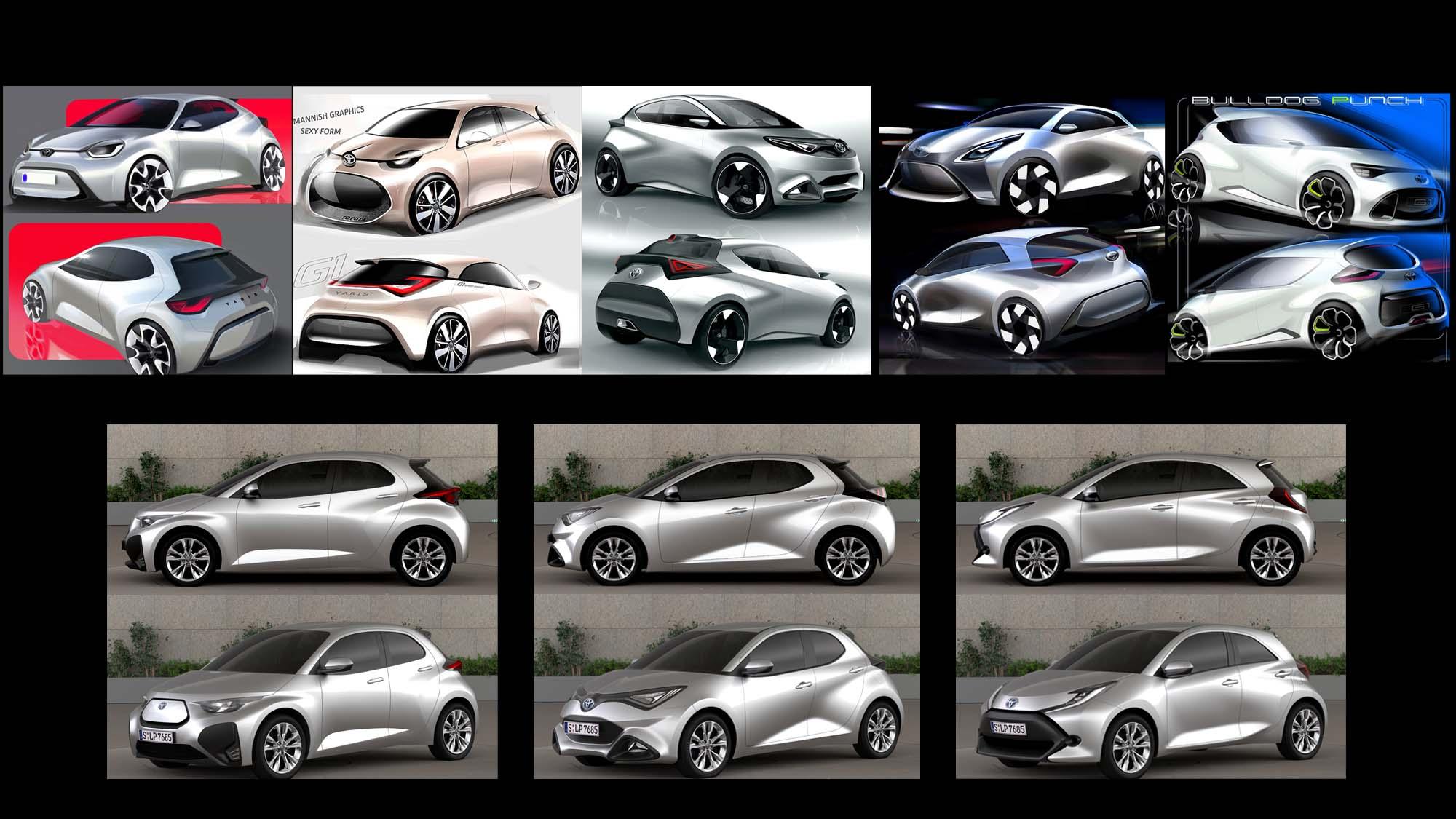
Recently, we visualize proposals that embody the vehicle concept in the planning stage. The approach has changed to specifying our direction early on and using the remaining time to delve much deeper into that idea.
Such an approach relies on improving the quality of ideas from the beginning. As Nakajima explains, the key lies in the inputs and refining of the concept.
Head for the hills to explore design ideas
Nakajima
Coming up with ideas requires constant and diverse inputs, including intangible concepts and user psychology. The same is true for modeling, in which serendipity is created through experimentation and mistakes, and lessons accumulated through experience.
We are constantly analyzing and exploring in a genchi genbutsu (go see for yourself) style, driven by an interest in the natural world, other products, and the power of serendipity.
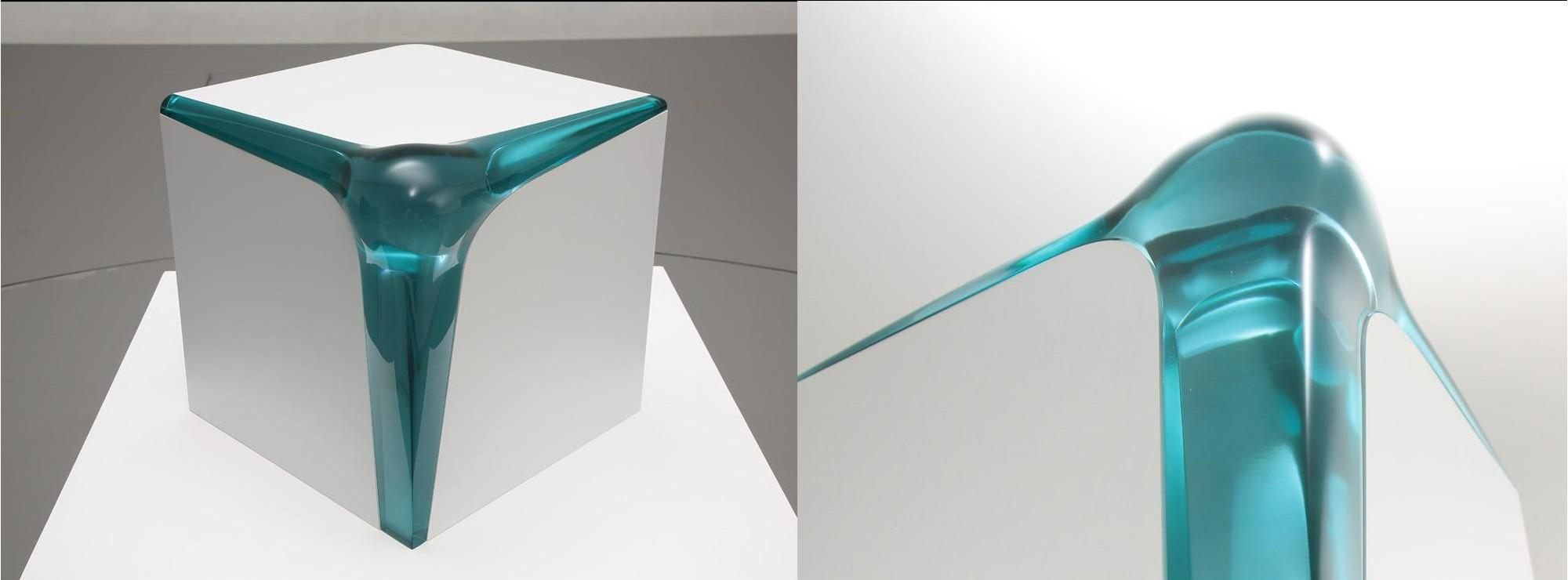
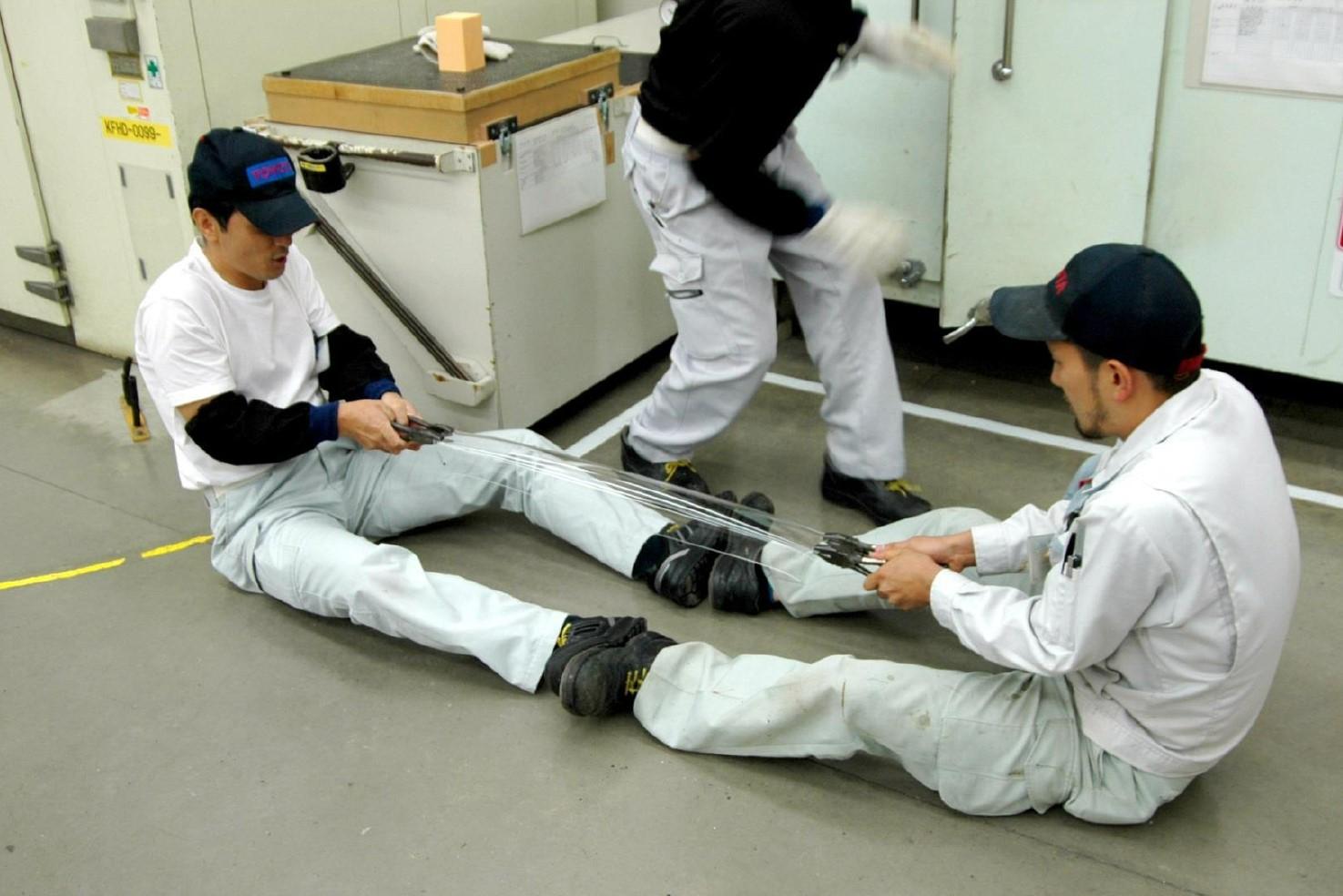
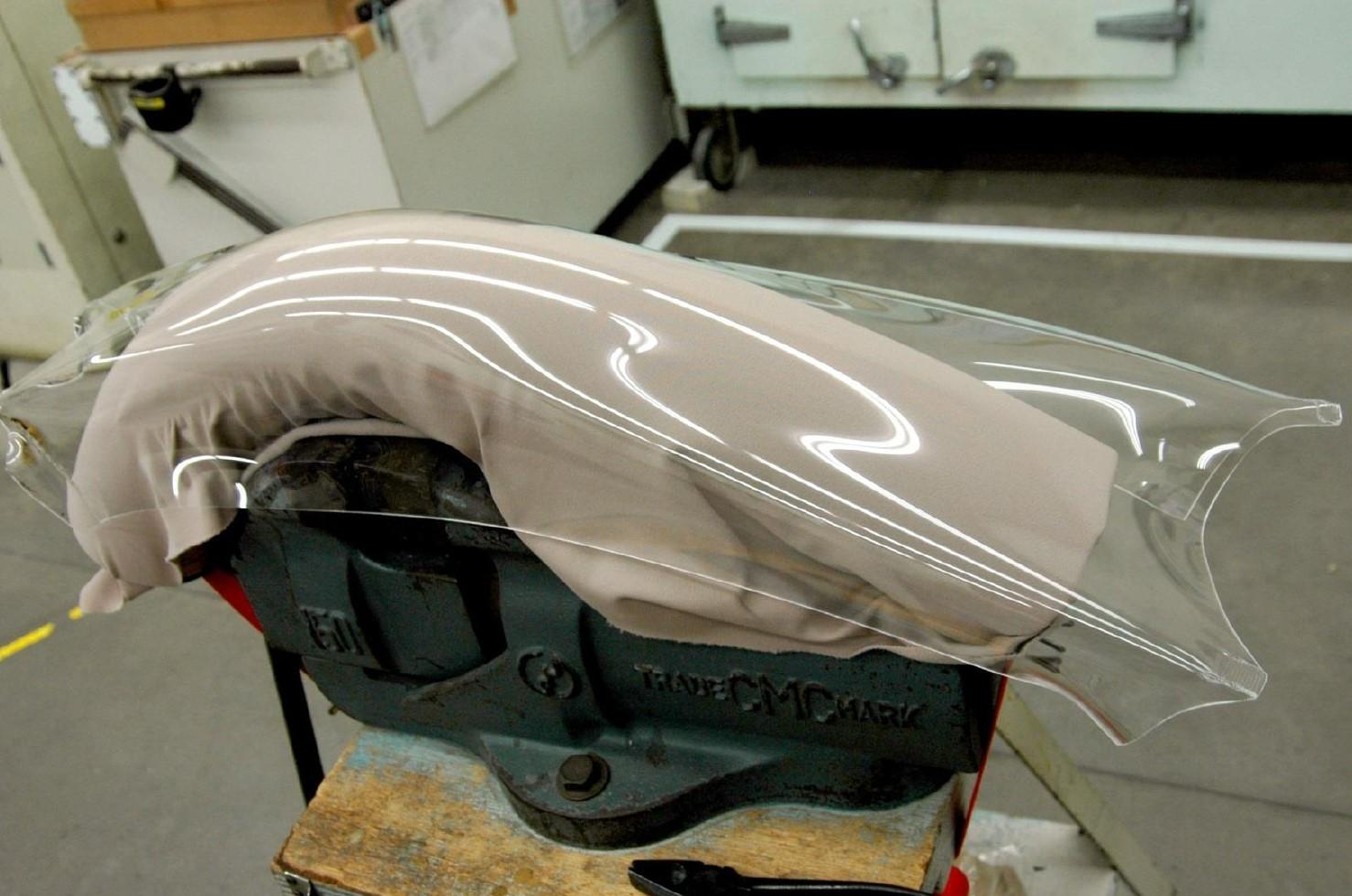
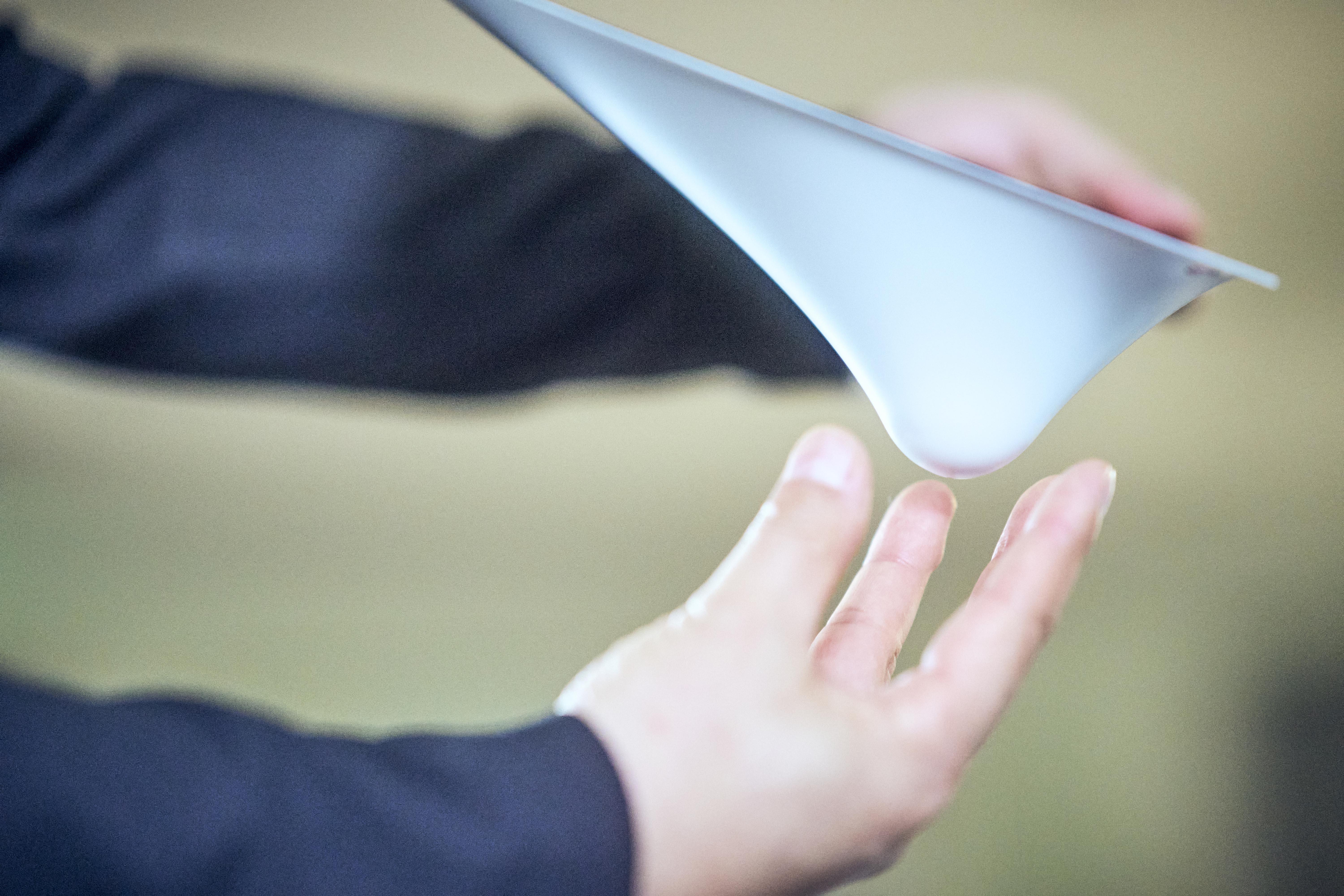
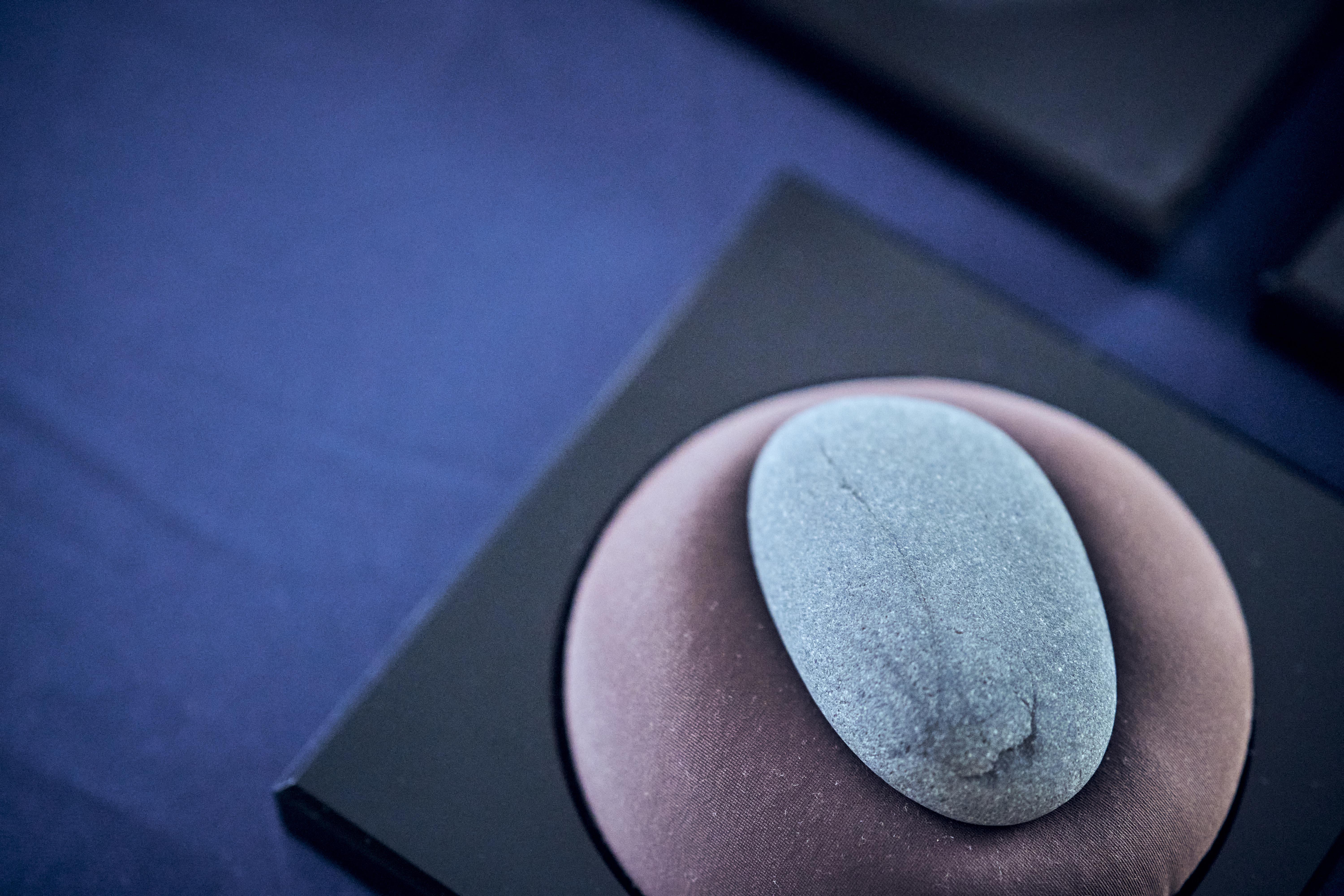
These expertise and experiences, whether shared throughout the division or accumulated by individual designers, contribute to Toyota’s uniqueness.
Nakajima
Such exploration was already being done by my predecessors when I joined the company. One designer would even go into the mountains to sketch cool-looking tree root shapes to adapt it for a car’s front design. I believe this accumulation of inputs remains as important as ever, even if the times and tools change.
Off to Europe, miniature car in hand
In the early stages of the design process, designers build miniature distorted image models, that solely express the design concept.
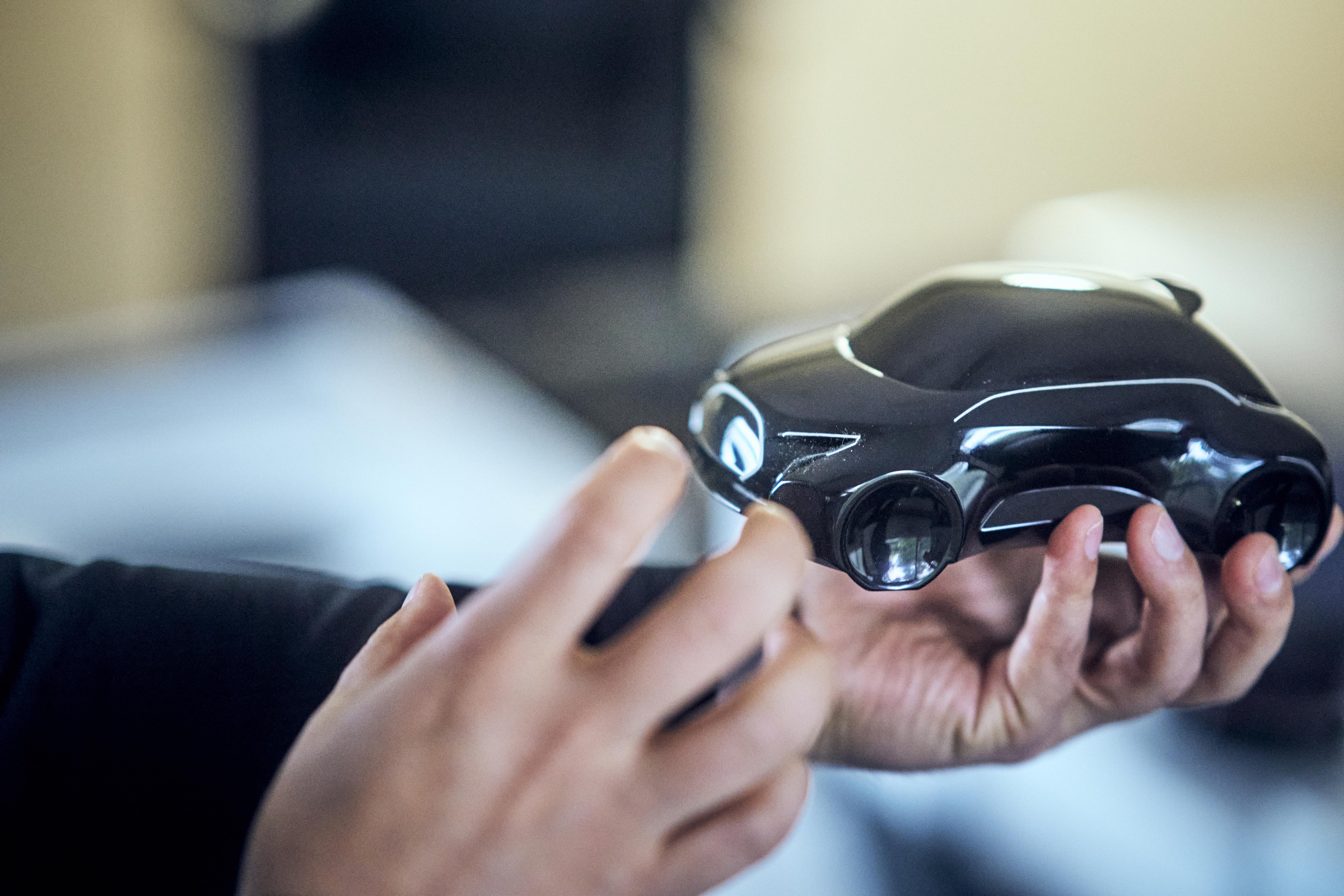
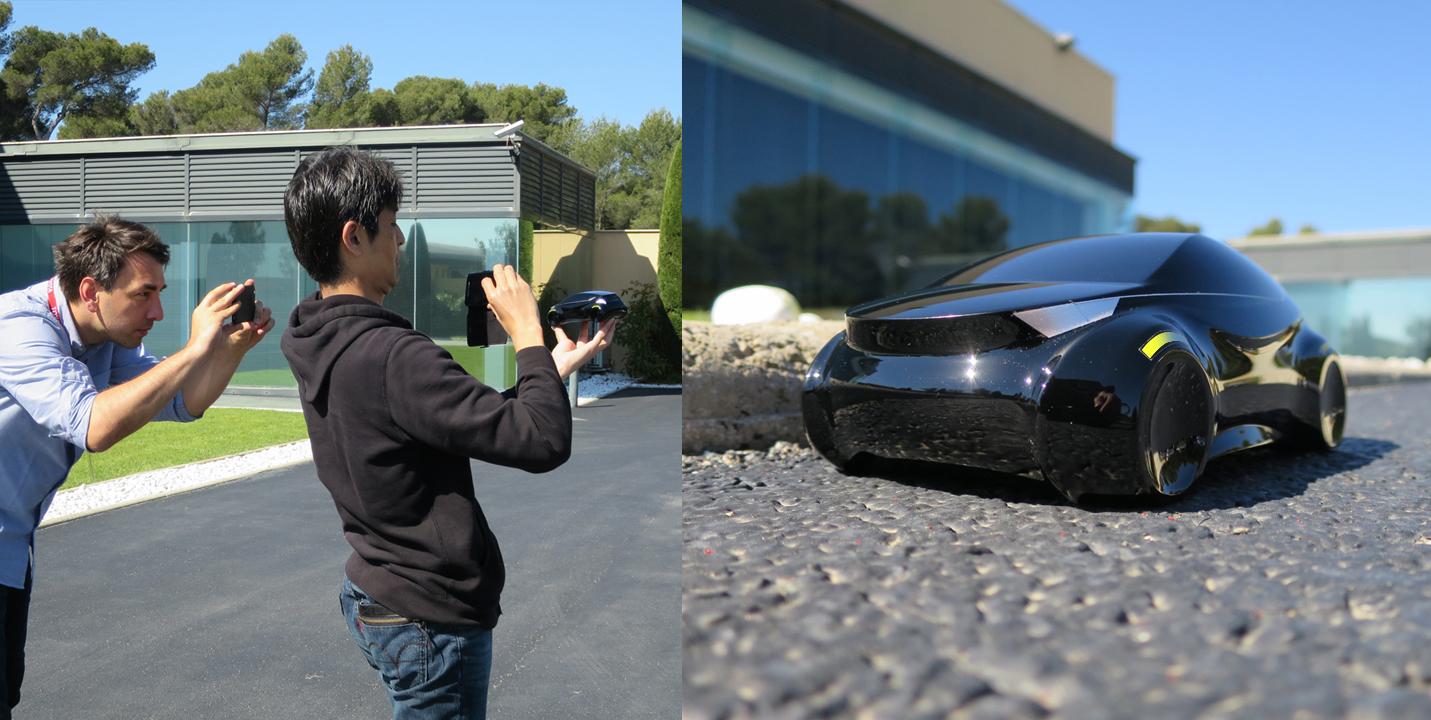
Nakajima
Overseas, we even discussed how cool the reflections looked in a city. Many European buildings are made of beige-colored stone, which contrasts strongly against a blue sky.
This was another thing I learned through experiencing genchi genbutsu. In Japan, meanwhile, the buildings are grey, so naturally the body colors that look good in cities are different from Europe.
The appeal of working as a designer
Nakajima stresses that diverse interests and curiosity are the wellsprings of good design.
Nakajima
I always tell students who aspire to be designers that Toyota is looking for more than just car design.
The range of fields is extensive, from textile design to computer-based graphic design. What’s needed now is the ability to consider the value of the customer experience and imagine what can be done with the car.
Design at Toyota is about studying people and providing new human-centered values. It’s about using all your senses to design the interactions between people and cars, or people and cities, and find ways to convey and reinforce such ideas with visuals. We are in an age where broad interests are more important than knowledge alone.
Design work at Toyota goes well beyond cars to the relationships between people and products, and the relationships between products and urban spaces. Toyota’s car design is all-encompassing, making it all the more rewarding.
Takayuki Nakajima, General Manager, Vision Design Division
Joined Toyota in 1991 after studying design at Aichi Technical High School. Created interior design originals for the first-generation models of the Vitz, Auris, and AYGO, along with the IQ, Japan Taxi show car, GranAce, and more. Worked on assignment in Europe from 2008 to 2011. Appointed to the current position of Yaris Project Chief Designer in 2015; served as General Manager of the Interior Design Department from 2017 before becoming Vision Design Division General Manager in September 2021.Also involved in launching Japan Automotive Interior Design (JAID)* activities.
*Established in 2015 after designers from various carmakers were brought together for a magazine feature. The organization aims to create “new automotive horizons through an all-Japan approach.” It also serves as a platform for personnel development, offering young designers in particular a source of inspiration through interaction with peers from competing manufacturers.
